Faced with the forecast of a prolonged dry season and extreme weather changes, potentially causing damage to many crops, households in Kon Tum are actively applying science and technology and appropriate production methods to save irrigation water, minimize local water shortages, and contribute to improving productivity and product quality.
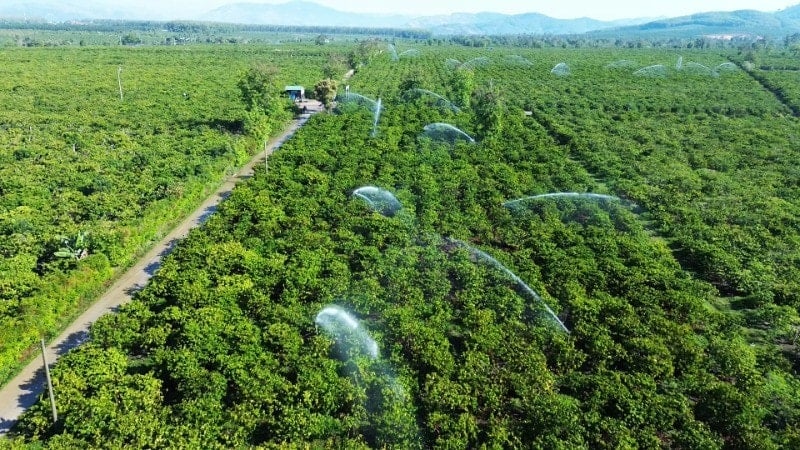 Watering coffee using water-saving methods at a high-tech model field in Dak Mar commune, Dak Ha district, Kon Tum province.
Watering coffee using water-saving methods at a high-tech model field in Dak Mar commune, Dak Ha district, Kon Tum province.In early April, although it is not yet the peak of the dry season, due to climate change, local water shortages have occurred in the Central Highlands . Farmers in Kon Tum province have sought appropriate measures and applied science and technology to overcome the above situation.
Many proactive solutions for irrigation water sources
In recent years, the climate has been extremely extreme, with more rain in the rainy season and water scarcity in the dry season, negatively affecting the production of farmers in Kon Tum province. In the province, most of the coffee areas have only been irrigated for the second time, with at least two more irrigations, but there has been a shortage of irrigation water, with a high risk of crop failure.
Mr. Nguyen Xuan Chap, village 5, Hoa Binh commune, Kon Tum city shared: In the rainy season, the rain "rots the soil and the sand", my family had to build embankments and dig ditches to save more than 2 hectares of coffee from being damaged. In the dry season, the water dried up, the family had to draw water from the lake to proactively source irrigation water.
In recent years, the climate has been extreme, with more rain in the rainy season and water scarcity in the dry season, negatively affecting the production of farming households in Kon Tum province.
Not long ago, erratic weather caused dozens of durian trees of more than 1 hectare owned by Mr. Nguyen Duy Thiem's family in Doan Ket village, Dak Ngok commune, Dak Ha district to lose their leaves, making it difficult for them to produce fruit in the new crop. To overcome this situation, his family had to remove the first flowers of the season to nourish the trees.
In addition, he has invested in installing a watering system based on the principle of misting and drip irrigation to provide water for plant growth, ensuring adaptation to unusual hot and cold weather conditions.
Sharing his experience in planting and cultivating durian trees during the dry season, Mr. Thiem said: For durian trees grown in Dak Ha district, the technical requirements for care and fertilization are more complicated than in other climate zones. Especially in the dry season - the time when durian trees bloom, they need a lot of nutrients. Therefore, ensuring a source of irrigation water is a decisive factor for the productivity and quality of the garden's products.
During the dry season, each watering session, durian trees need an average of 150 to 200 liters of water. At this time, the new shoots and flower buds are very weak, if using the traditional watering method with a conventional sprinkler system, it is very easy to affect the flower buds and young shoots of the tree.
However, with the drip irrigation method using a root nozzle system like his family is applying, the amount of water is evenly distributed to the roots and seeps down to the area where the roots of the plants are, saving water for each irrigation period and maintaining stable humidity. This irrigation method also limits dependence on water sources, because it can take advantage of water from small ponds and lakes.
In Ha Mon commune, Dak Ha district, there is a total agricultural land area of over 2,500 hectares, mainly coffee and fruit trees that need a lot of irrigation water. Right from the beginning of the dry season, Ha Mon commune has developed a plan to coordinate with related units in regulating irrigation water sources, ensuring science and efficiency.
In addition to organizing dredging and clearing the flow of the first-class canal system, the commune reviewed and mobilized people to invest in installing water-saving irrigation systems that can utilize water from ponds, lakes, and small streams instead of depending on the main water source of the first-class canal.
Chairman of the People's Committee of Ha Mon Commune, Nguyen Quang Thinh, said that currently, most people have used water-saving irrigation methods, combined with fertilization, ensuring the growth of crops. At this time, in the commune, the irrigation water source is basically guaranteed, with no drought-affected areas.
However, the commune coordinates with the Irrigation Management Board to regulate appropriately according to people's needs and coordinates with the electricity industry to maintain a stable and safe source of electricity for production.
Application of Science and Technology in Production
After a period of technical research, Mr. Vi Dak Uyn's family in Thanh Xuan village, Dak Ngok commune invested in installing a drip irrigation system on an area of 1.3 hectares of coffee intercropped with durian during the basic construction period. To improve the efficiency of land exploitation, he also planted passion fruit with the motto "taking short-term to nurture long-term".
Mr. Vi Dak Uyn said that the average cost to install a water-saving irrigation system using a pressure compensating valve for 1 hectare like his family is applying is not higher than investing in a conventional plastic pipe irrigation system.
However, thanks to the entire irrigation pipe system being buried underground, it helps to prolong the life of the irrigation pipe and reduce the labor for each irrigation pumping session. In addition, through the pressure compensation valve system, the producer can combine the fertilization process with irrigation spraying and reduce the amount of water for each irrigation session by half.
“I have been applying this model for over a year now and have found it to be very effective. Specifically, with my family’s garden, the system can irrigate all three types of plants at once: coffee , durian and passion fruit. Another advantage is that it can be watered at different times, with little impact from the irrigation schedules of surrounding households. This ensures stable growth of the garden while saving on investment costs and crop care in the dry season,” said Vi Dak Uyn.
Entering the dry season this year, Dak Ha district has a total area of over 25,000 hectares of coffee and fruit trees that need a lot of irrigation water. Of these, nearly 500 hectares of crops are likely to suffer from drought and lack of irrigation water at the end of the dry season.
Therefore, in addition to the management and effective exploitation of reservoirs, dams, and irrigation canal systems, units, localities, and enterprises in the area have proactively applied science and technology to production and implemented water-saving irrigation measures.
At the model coffee field in Kon K'Loc village, Dak Mar commune of 704 Coffee Company Limited, to ensure irrigation water for a total area of nearly 80 hectares of coffee of ethnic minority workers during the dry season, the unit has invested in a large-capacity dynamic pump system to lead water from the Kon K'Loc irrigation dam to the central reservoir of the production area with a length of nearly 2km.
At the same time, install a 3-phase power line so that households can apply water-saving irrigation methods through a sprinkler system. This not only saves production costs but also ensures that the water source is evenly distributed throughout the entire area.
“Previously, every time we watered, we had to spend a lot of money on irrigation pipes and labor costs to bring water from the main lake to the fields. Since the company invested in underground pipes to pump water from below, people have voluntarily divided their schedules to share the watering, from far to near. Especially in recent years, thanks to the power grid system, people have been watering by machine, saving fuel, labor and costs. People are very confident in production,” said Mr. A Roih, Head of the Kon K'Loc village production team.
With the forecast of a prolonged dry season , the risk of local droughts remains high. In addition to doing a good job of state management in managing and exploiting irrigation works, farmers proactively learning and investing in applying new farming and production methods to adapt to climate change is a positive factor. This brings economic efficiency, while helping people stabilize production, improve productivity and quality of agricultural products.
Source: https://baodaknong.vn/san-xuat-thich-ung-bien-doi-khi-hau-249126.html







![[Photo] Prime Minister Pham Minh Chinh and Prime Minister of the Kingdom of Thailand Paetongtarn Shinawatra attend the Vietnam-Thailand Business Forum 2025](https://vphoto.vietnam.vn/thumb/1200x675/vietnam/resource/IMAGE/2025/5/16/1cdfce54d25c48a68ae6fb9204f2171a)
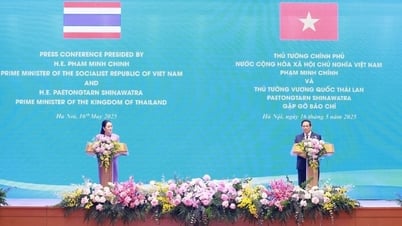




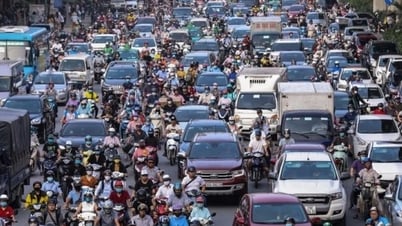
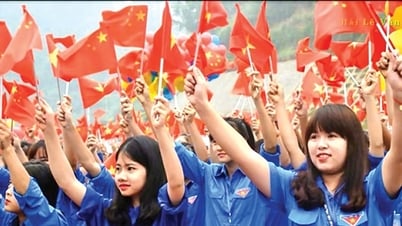





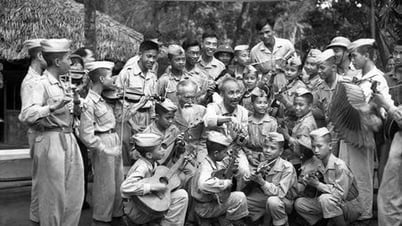

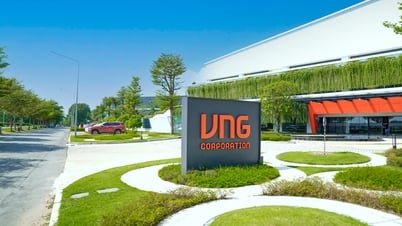
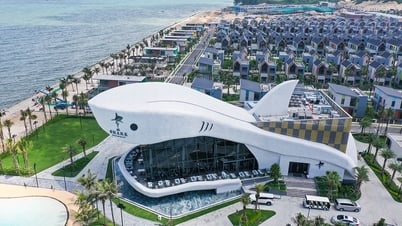
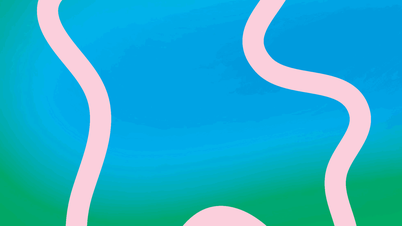
![[Photo] President Luong Cuong receives Prime Minister of the Kingdom of Thailand Paetongtarn Shinawatra](https://vphoto.vietnam.vn/thumb/1200x675/vietnam/resource/IMAGE/2025/5/16/52c73b27198a4e12bd6a903d1c218846)
































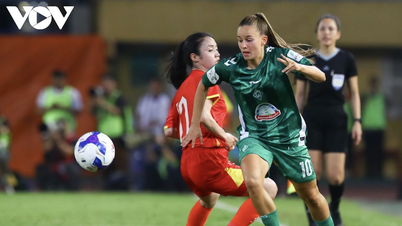

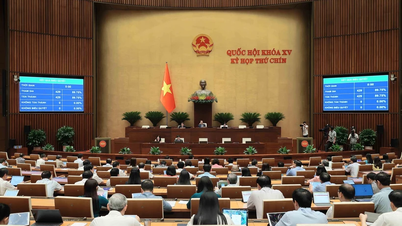




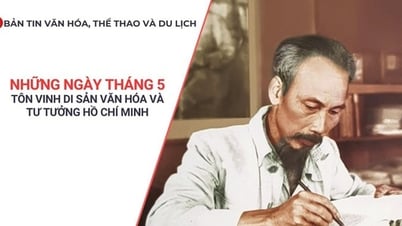

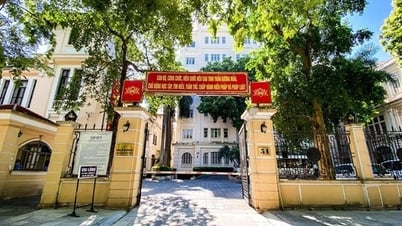




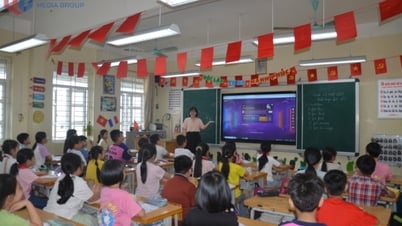

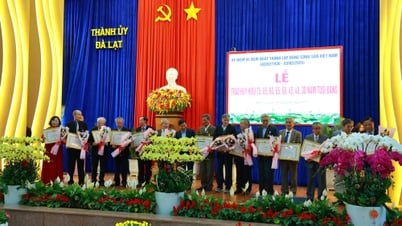


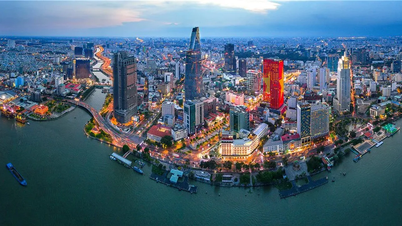

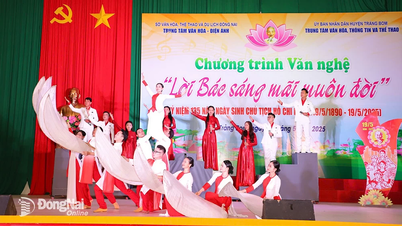

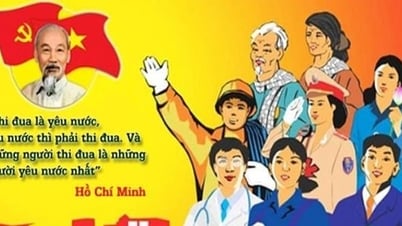









Comment (0)